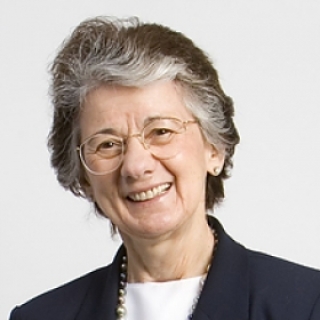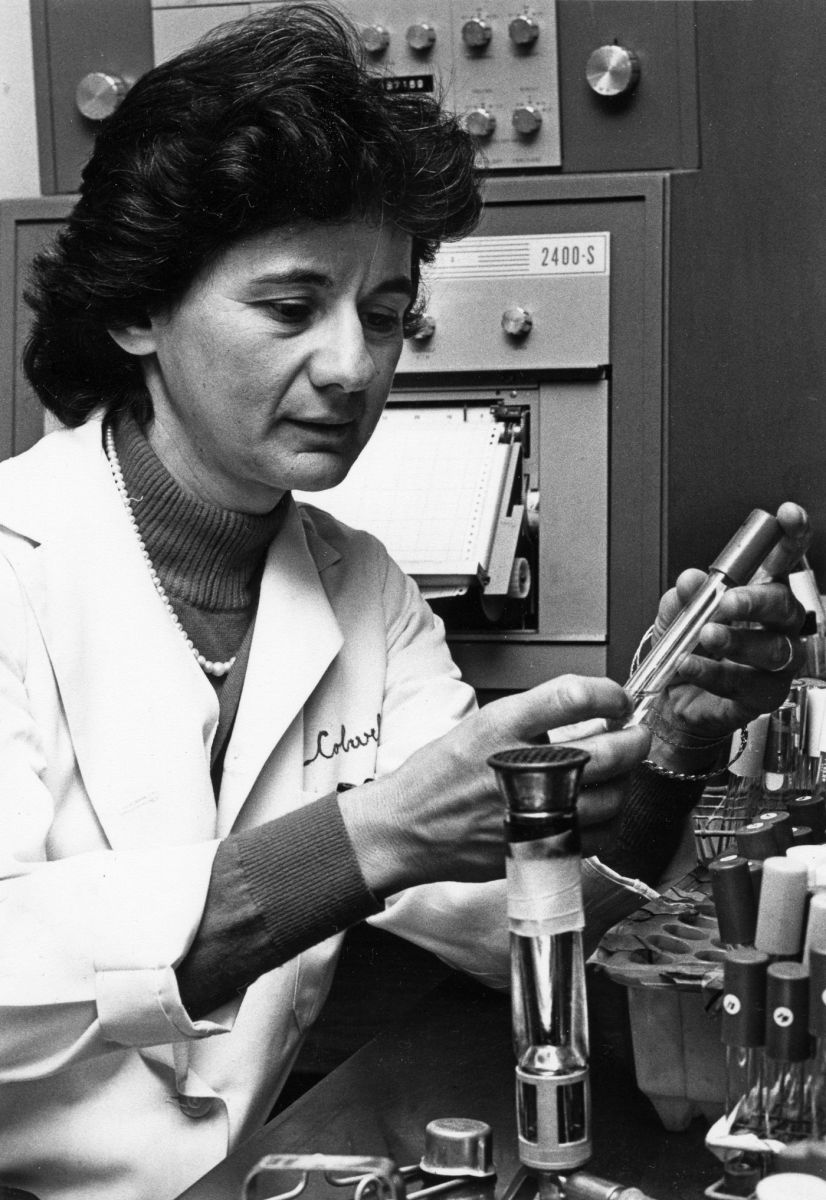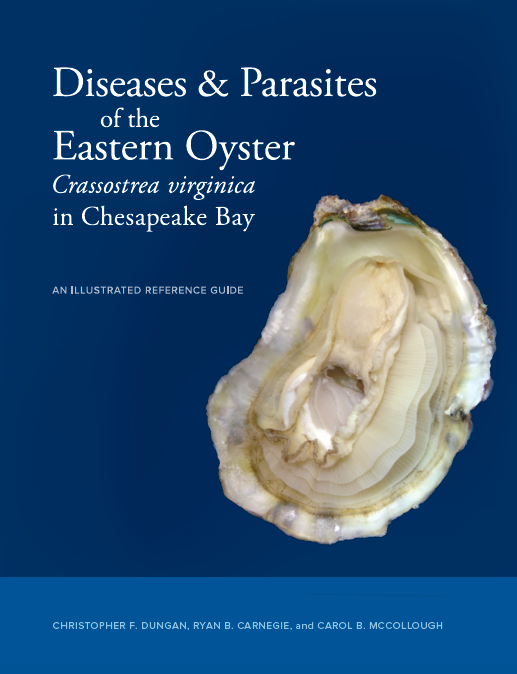Knauss legislative fellowships in Congress help build careers — and they're fun and educational. See our video and fact sheet for details.
The Woman Who Launched Maryland Sea Grant
Rita Colwell likes to say that Sea Grant helped launch her career in marine microbiology. It's more accurate, however, to say she launched Sea Grant's career in Maryland.
Colwell was already a well-known marine microbiologist in 1977 when the federal government's National Sea Grant College Program designated the University of Maryland as the site for a Sea Grant College. Based on her reputation Colwell was appointed the first director for the new program, and in that role she defined Maryland Sea Grant's core values by supporting fundamental research and finding ways to apply research findings to real-world problems.
While Sea Grant didn't exactly launch her science career, it did rescue one of her most influential research efforts. The story of that rescue came out last month when Colwell was asked to speak at a Capitol Hill gathering celebrating the 50th anniversary of the 1966 legislation that established the National Sea Grant College Program.
Before she became a Sea Grant director Colwell had collected and analyzed various species of vibrio bacteria from Chesapeake Bay, and her research proved that Vibrio cholerae, the culprit that causes cholera disease, was a natural part of the waters of Chesapeake Bay and other marine environments.
Her work would need rescue funding because her findings challenged the conventional wisdom in several fields. Medical researchers believed that the main reservoir for Vibrio cholerae was the human intestine and the main source for cholera was drinking water contaminated by feces and sewage. If Vibrio cholerae was naturally present in marine systems, then improved sanitation would not permanently eradicate the threat. Other transmission pathways were possible.
Her findings also worried the seafood industry. She showed that cholera species can attach to copepods, a type of zooplankton that lives in the Chesapeake Bay, and can be ingested by oysters and blue crabs, two of the Bay's most famous and profitable seafood products. "We were able to show that the cholera is a vector-borne disease," Colwell said, "and the vector happens to be the copepod." If seafood carrying Vibrio cholerae is not well prepared, the bacteria can attach to the intestines of humans, and the results can include diarrhea and dehydration and — if the patient is not treated promptly — death can result.
Her first short report about her discovery was published as a note in Science magazine, followed up by an article in the Washington Post, followed up by a cut in her original grant. "Before the Washington Post even hit my front steps, I got a phone call," she said in her speech. The call came from her funding agency. Her findings could damage the reputation of Chesapeake Bay seafood. Her funding would be reduced by half.
Getting turned down for funding was not a new experience. As a student at Purdue University, Colwell had applied for a fellowship in a male-dominated science — only to be told that fellowships were not "wasted" on women. She soon found other funding and completed a Master's degree in genetics at Purdue and then a Ph.D. in oceanography at the University of Washington.
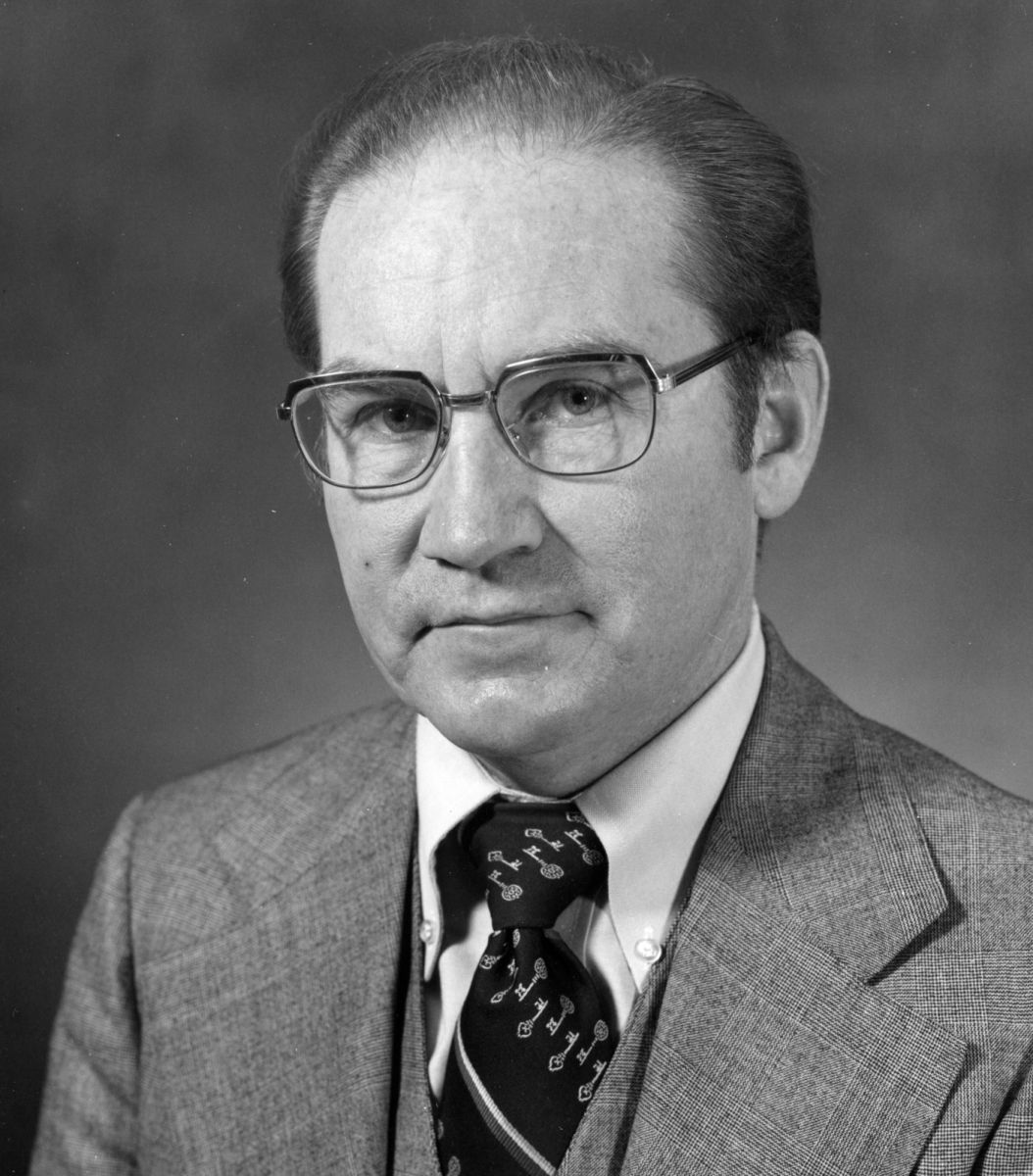
Ned Ostenso, an early director of the National Sea Grant College Program. Photograph, National Sea Grant Office
|
Now she also found other funding for her vibrio research on Chesapeake Bay. The rescue was led by Ned Ostenso, the distinguished geophysicist who became director of the National Sea Grant College Program in 1977, the same year Colwell became the first woman director in the Sea Grant network of programs. The geophysicist quickly became an advocate for the microbiologist, and the result was a two-year grant of $250,000, ten times the level of her earlier grant. Sea Grant funding may not have been a career launch, but it was clearly a career boost.
It was also a smart investment in fundamental research. Over the years her research team would track the connections between cholera and environmental factors such as salinity, weather, and sea surface temperatures. And Colwell would personally test and popularize cheap, life-saving approaches for protecting villagers in India and Bangladesh from cholera infections.
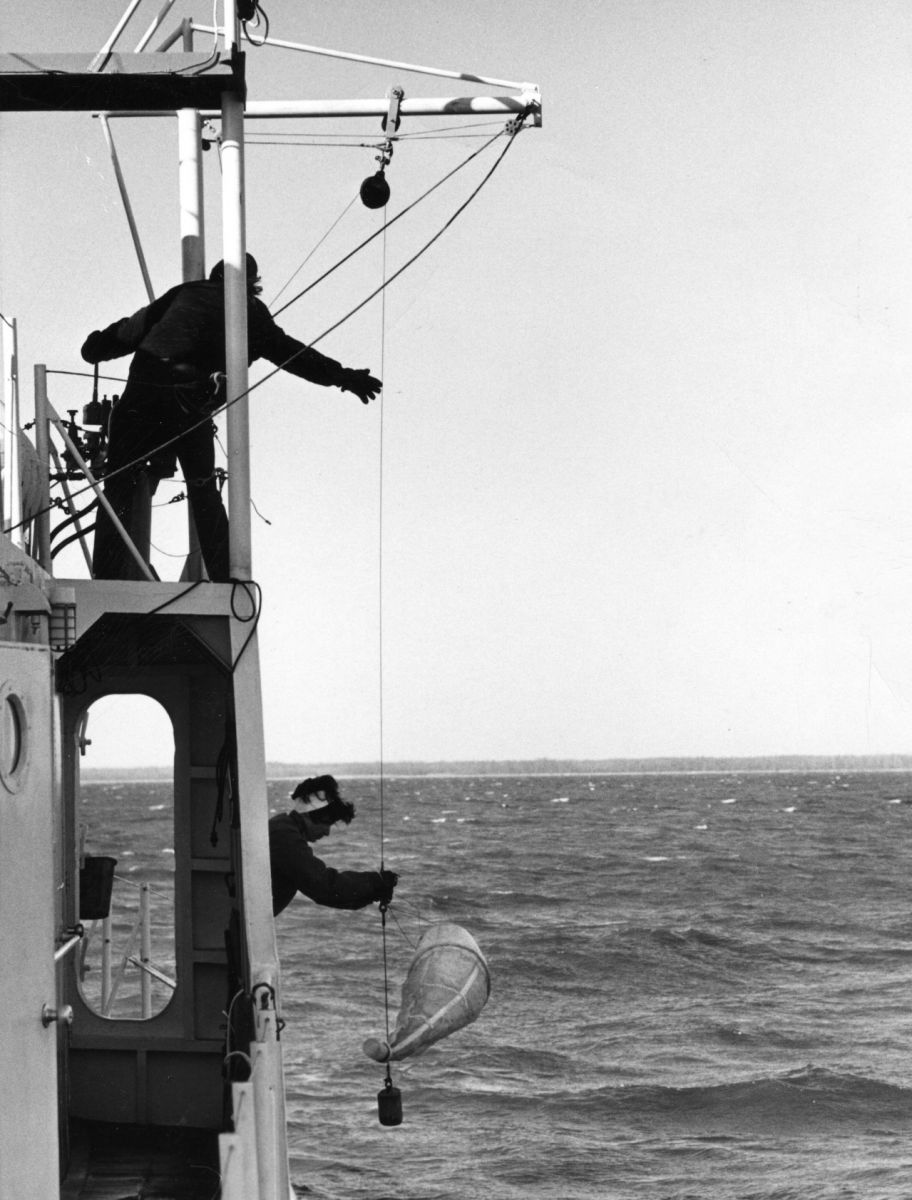
A research team found evidence of Vibrio cholerae in copepods living in Chesapeake Bay. Photograph, M.E. Warren
|
Colwell brought that commitment to fundamental science to Maryland Sea Grant. The solution to the practical problems facing Maryland's fisheries for oysters and blue crabs and striped bass would come, she believed, from more basic research on the life cycles of marine plants and animals and from a deeper understanding of the biological oceanography of coastal waters.
She also brought energy, confidence, and decisiveness to the job. As a new Sea Grant director she set out to build a broadly based program, an approach that initially sparked heated debate. Some members of her first advisory board believed that a small program like Maryland Sea Grant should devote most of its modest funding to just one problem: the decline of the Bay's oyster fishery. Colwell thought otherwise: she was not going to focus everything on oysters — or even on marine microbiology, her specialty. She created instead an ambitious program that also addressed water quality changes, blue crab and striped bass declines, and the various legal and social and economic issues affecting traditional fisheries.
Sea Grant programs are designed to do more than publish research in science journals. Under Colwell's leadership Maryland's Sea Grant Extension agents and specialists began working with watermen and seafood processors and over time laid the groundwork for an oyster aquaculture industry that is now expanding rapidly in the state. Her communications team organized reviews of the oyster literature for the science community, published newsletters and magazines for the general public, and produced film documentaries for television broadcast.
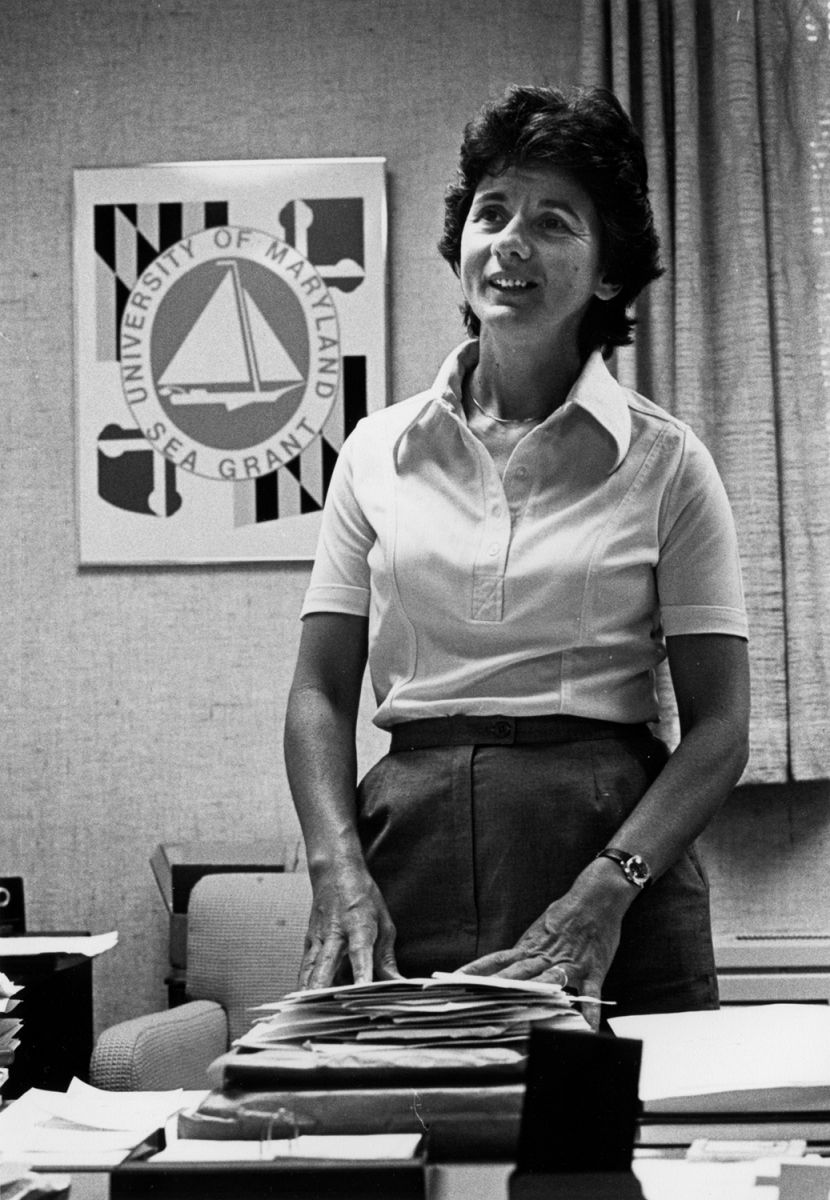
Colwell was the first woman director of a Sea Grant program. Photograph, Michael W. Fincham
|
The core for Colwell remained the same: finding and funding strong, original research. Some of the major advances during the early days of the program came from her lab's work with vibrio species and from the work by blue crab biologists in three states who collaborated to define and document a new picture of crab population patterns. Their findings helped explain many of the booms and slumps in crab harvests that had long befuddled scientists and watermen.
Maryland Sea Grant was set on its path and so was Rita Colwell. She would serve as the program's director for seven years — the experience helped launch the researcher on a new career as a leader of major science organizations. She would create and head up the University of Maryland Biotechnology Institute and serve as president of the American Association for the Advancement of Science, the American Institute of Biological Sciences, the American Society of Microbiologists, and the International Union of Microbiological Sciences. Over the years Colwell received 55 honorary degrees and was honored by the Emperor of Japan, the King of Sweden, and the President of the United States, who awarded her the National Medal of Science. From 1998 to 2004, she served as the first woman director of the National Science Foundation, one of the main funding sources for basic research in the United States.
The list of her honors is much longer — and that list will grow longer in the future. Colwell never dropped her research or her focus on global infectious diseases, and she now serves as Distinguished University Professor both at Johns Hopkins University's Bloomberg School of Public Health and at the University of Maryland Institute for Advanced Computer Studies. Her current goal is developing an international network to address emerging infectious diseases and water issues, including safe drinking water for both the developed and developing world.
That early rescue funding from Sea Grant was apparently not "wasted" on a woman — and 40 years later one woman's research is clearly not finished.
Photo, top left: Recent portrait of Rita Colwell by John Consoli.
Learn more about the National Sea Grant College Program's many accomplishments during its first 50 years. The program is celebrating this anniversary with a year-long series of events. #seagrant50
See all posts from the On the Bay blog
